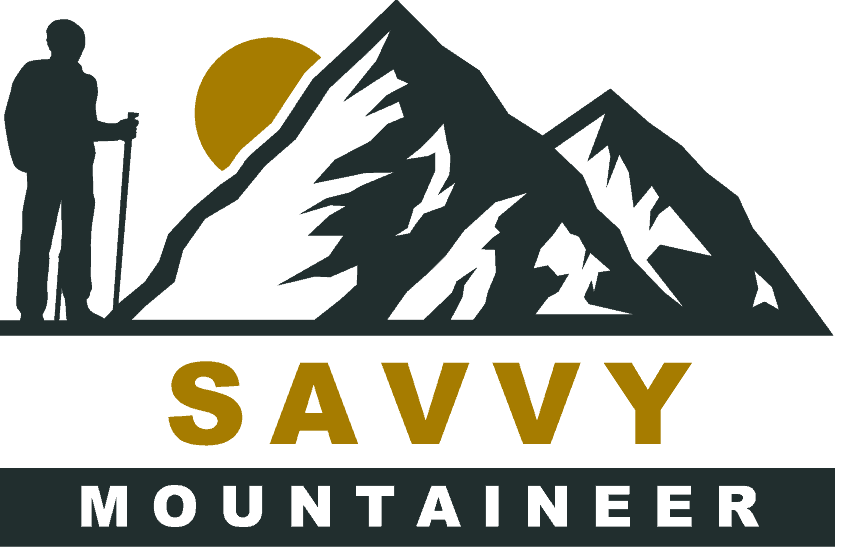Essential Camping Set Up Ideas for the Savvy Mountaineer
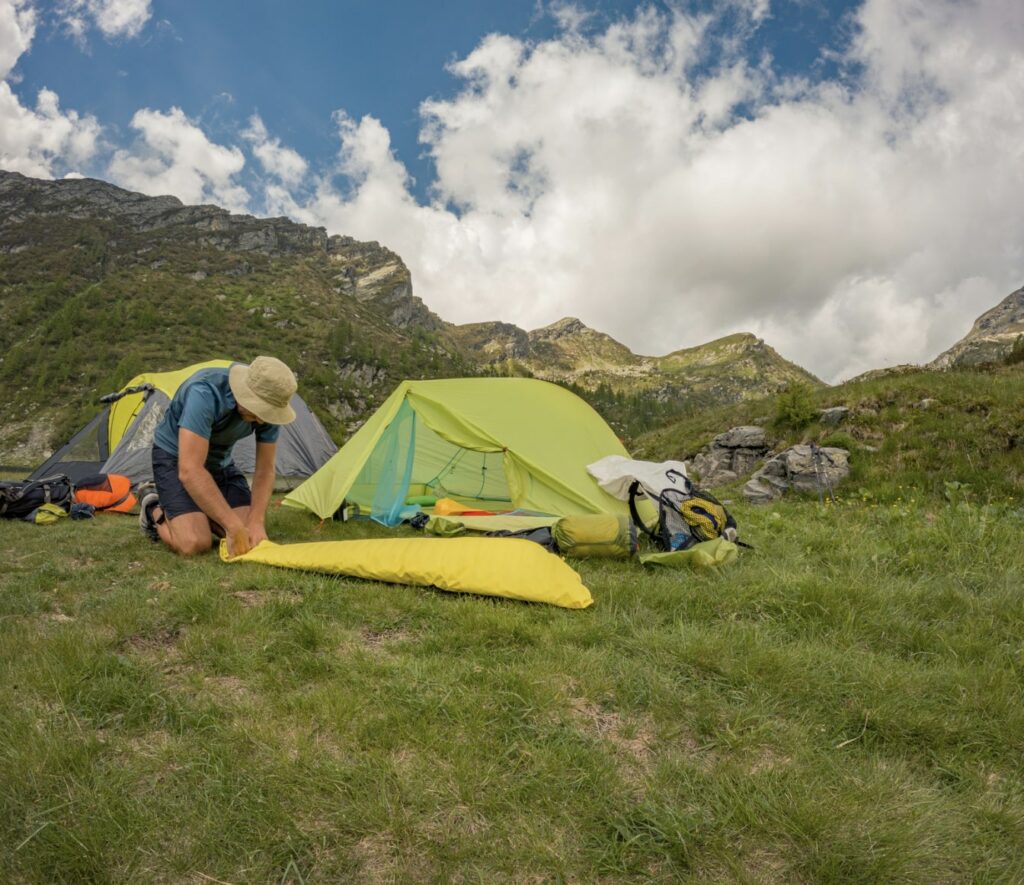
Embarking on a camping trip is an exciting adventure, but the key to having a smooth and enjoyable experience lies in your own campfire setup ideas. Organizing your stuff, selecting the correct tent and constructing a pleasant campsite can make all the difference in having an enjoyable time outdoors.
This blog post will provide you with interior tent camp setup ideas that are not only practical but also ensure maximum comfort during your tent camping stay. We’ll delve into everything from packing essentials for primitive camping to different clothing categories to creating shady spots using extended rainflys.
We’ll also explore exterior campsite layout ideas like incorporating AstroTurf mats to reduce debris tracking or incorporating canopy pop ups for additional shade. Furthermore, we’ll share tips on the camping setup, securing food against wildlife interference, maintaining first aid kits within reach, and even setting up play areas for both pets and people.
Whether you’re a beginner camper with camping setup ideas or an experienced outdoor enthusiast looking for new camping gear organized set up ideas – this guide has something valuable for everyone!
Table of Contents
1. Pack for Your Campsite with Purpose
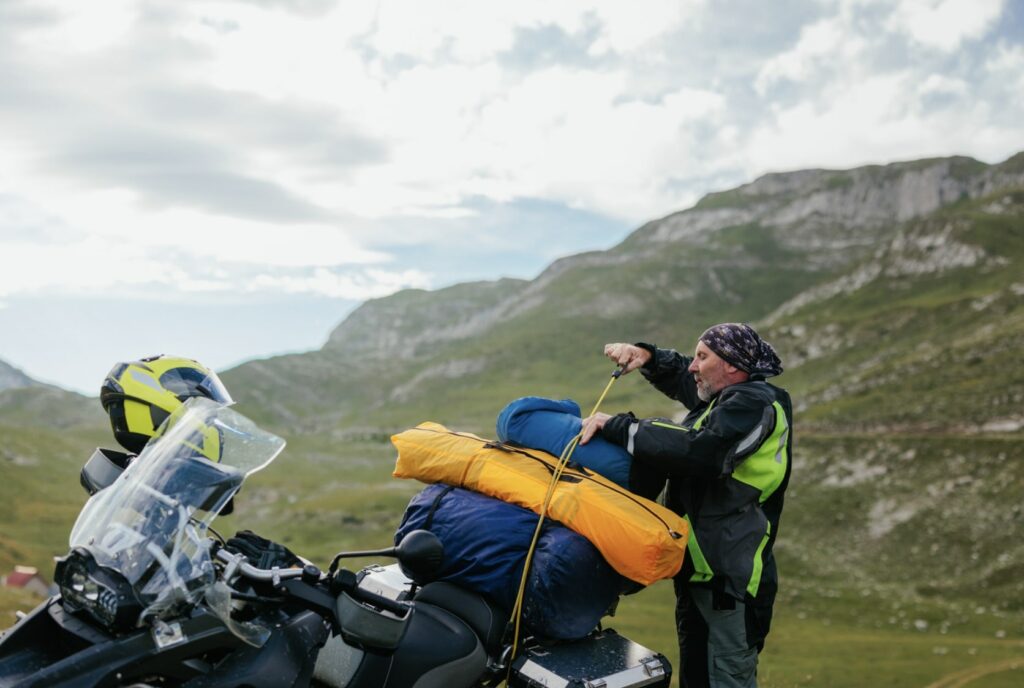
When it comes to camping, organization is key. It can significantly enhance your experience and make everything more enjoyable. From clothes to food items, to gear checklist every little thing needs its own designated place.
Use Ziplock Bags for Different Clothing Categories
Ziplock bags are the superheroes of organizing camp gear and camping organization. Separate your socks, underwear, and t-shirts into their own bags. No more rummaging through a messy backpack to find what you need.
Keep Towels for Swimming Separate from Those for Showering
Don’t mix up your sandy beach towel with your clean shower towel. Keep them separate and avoid the post-shower sandpaper experience.
Store Food Items Separately Based on Their Type
Food segregation is a must. Keep your cereal away from your chips and cookies. Clear storage bins are like windows to your snacks, making it easier to find what you’re craving.
2. Camping Tents And Shelters
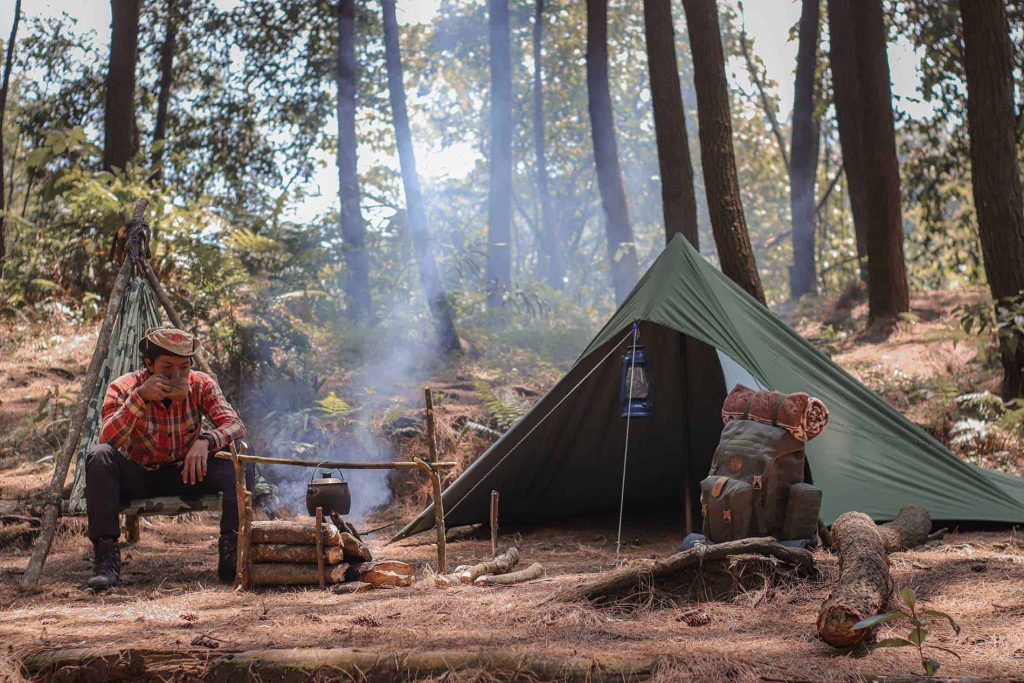
When setting up your campsite, the choice of sleeping shelter plays a significant role. Considering comfort, space and protection from the elements is essential when selecting a sleeping bag or shelter for your campsite.
Choosing the right size of tent
When selecting a camping tent though, opt for one that is larger than necessary to ensure comfort and space. Get one that can fit more people sleep comfortably than you have in your group. It’s like having extra legroom on a flight, but without the tiny peanuts, something like an suv tent.
Considering pet-friendly tents or shelters
Don’t neglect to take into consideration your loyal companions. Get a pet-friendly tent with screened porch areas, so they can have their own space and keep those pesky bugs away. It’s like a five-star hotel for your four-legged companions.
Creating shady spots using extended rainflies
Not only do extended rainflies protect your car and tent from the weather, the rain fly but they also create shady spots for you to chillax. It’s like having your own personal oasis, minus the palm trees and cabana boys.
Remember when choosing your camping gear and shelter: comfort should always come first. Whether it means going bigger or considering special features or sleeping pad, make sure your camping experience is as cozy as a bear in hibernation.
3. Campsite Ground Cover
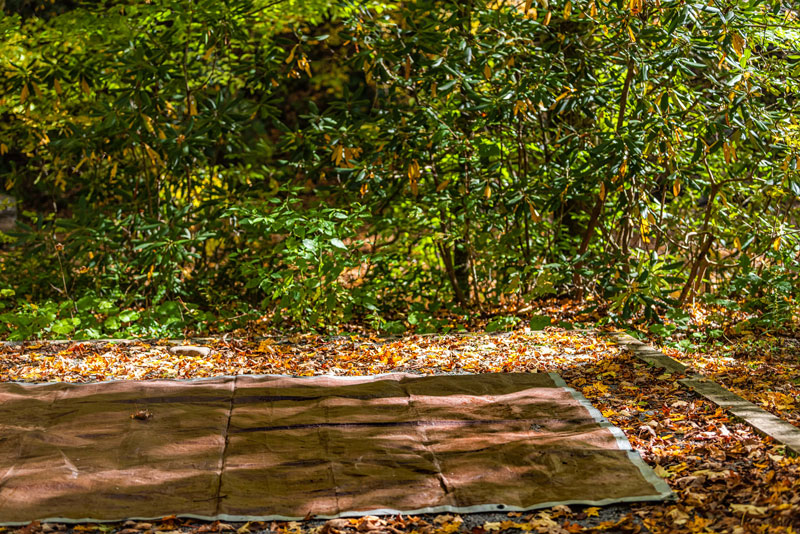
Don’t forget about the ground cover when setting up your tent footprint your campsite setup. It’s like a VIP welcome for your tent, but without the media attention.
Extra footprint or tarp for short-term camping
Protect your tent from dampness and sharp objects with an extra footprint or tarp. It’s like giving your tent a cozy little blanket.
AstroTurf mats to reduce debris tracking
AstroTurf mats are like the bouncers of your campsite, keeping dirt and leaves out. Plus, they add a touch of outdoor luxury.
There are other ground cover options too, from picnic blankets for casual day trips to national parks to heavy-duty plastic sheeting for hardcore campers. Choose what suits your needs and leave no trace behind.
4. Camp Kitchen and Refrigeration

Setting up your camp kitchen and refrigeration system is crucial to camping essential for a successful camping experience. Location, safety, and wildlife threats all play a role in tent camping setup.
Securing Food Against Wildlife Interference
In some regions, you need to protect your food from pesky wildlife like bears or raccoons. Use bear-resistant food containers or try the classic bear hang technique – suspend your food bag high between trees.
Keeping Raw Meat in a Separate Cooler
To prevent cross-contamination and keep your food fresh, store raw meat in a separate cooler. This helps maintain hygiene and extends the shelf life of other items. Ziplock bags can further organize different types of meats.
Don’t forget to clean utensils after every meal. Wash cooking tools with hot soapy water or use biodegradable wipes for quick cleans. A well-maintained kitchen reduces the risk of foodborne illnesses and ensures an enjoyable outdoor cooking experience.
5. Seating And Lounging Areas

The seating arrangement at your campsite is important for a comfy family camping experience. If you’re a social butterfly, get extra chairs for the fire pit fun.
Creating Comfy Lounging Spaces
Relax under the stars with hammocks or inflatable loungers. Lightweight and cozy, perfect for napping or reading.
For the kids, make a separate play area with toys and books. Keep them entertained without disturbing others.
Incorporating Outdoor Napping Spaces
Rejuvenate with outdoor naps. Bring your sleeping pads, sleeping bags, blankets or air mattresses for comfort and protection from moisture and bugs.
Position your napping area wisely – shade in summer, sun in colder seasons for more light and optimal temperature.
Add charm with string lights or colorful flags. Aesthetics matter.
Setting up comfy seating and lounging areas requires thoughtful planning. With these tips, you’ll create inviting spaces everyone will enjoy.
6. Camp Lighting And Decoration

It’s not just about practicality; adding decorative elements can transform your camping experience from meh to yeah.
Ideal Lighting Solutions
Choose the right lighting for your campsite. Lanterns for big areas, headlamps for hands-free tasks at night out, and solar-powered lights for eco-friendly vibes.
Solar-powered string lights add a festive touch to any outdoor space. No batteries or electricity needed.
Tips on Decorating Campsites
Personalize your campsite with outdoor rugs, colorful flags, and wind chimes. Make it your happy place.
- Rugs: Define your living area with an outdoor rug. Adds color and texture underfoot.
- Bunting Flags: Lightweight decorations that add visual interest without taking up much space.
- Solar Lights: Illuminate and beautify your campsite creatively. Wrap them around trees and tents for extra charm.
Remember, be respectful to nature and fellow campers. No littering or blasting loud music.
Maintaining Balance Between Functionality And Aesthetics
Strike the right balance between functionality and aesthetics. Meet your functional needs first, then focus on making it visually pleasing. Safety and style, all in one.
7. Camp Bathing and Changing Areas
Setting up a campsite isn’t just about pitching tents and lighting fires. It’s also about creating spaces that offer comfort, privacy, and convenience. This is especially true when it comes to bathing and changing areas or carry best portable hot water shower.
DIY Bath/Change Room Ideas
If you’re camping in an area without established facilities, don’t fret. There are many simple DIY setups that can provide the privacy you need for bathing or changing clothes. One idea is to use strings stretched between trees or poles with towels or sarongs draped over them to create makeshift walls. For more stability, consider using camping tarps. They are lightweight yet durable enough to withstand various weather conditions.
You could also invest in a portable tent floor pop-up tent designed specifically for this purpose. These tents are ideal for quick camping and backpacking trips due to their ease of setup and take-down.
Solutions When No Toilets Are Available Nearby
In situations where there aren’t any public restrooms nearby (or if they’re not clean), having your own solution becomes essential. Portable toilet tents come in handy in such cases as they offer much-needed privacy while being compact enough not to take up too much space at your campsite.
Apart from these options, always remember the Leave No Trace principles when disposing of human waste during camping trips – dig catholes at least 200 feet away from water sources, trails, or campsites; cover after use, etc. For detailed guidelines on how to best manage this aspect, refer to the Leave No Trace website.
Bathing outdoors might seem daunting initially, but once accustomed to great outdoors, it becomes part of the overall enriching experience. Remember, hygiene doesn’t have to be compromised even amidst the wilderness. With the right planning and tools, one can maintain cleanliness standards similar to those back home, thus ensuring an enjoyable stay outdoors.
Key Takeaway:
Setting up a campsite involves more than just pitching tents and starting fires. It’s important to create comfortable and private spaces for bathing and changing clothes, which can be achieved through DIY setups like using strings with paper towels, or investing in portable pop-up tents. When there are no nearby toilets available, compact portable toilet tents offer privacy while adhering to Leave No Trace principles for waste disposal. With proper planning and tools, maintaining hygiene standards during camping trips is possible, ensuring an enjoyable outdoor experience.
8. Campsite Play Areas For Pets & People

Let’s ensure that everyone, including kids and pets, can enjoy the camping experience. Let’s make sure everyone, including kids and pets, has a blast camping season.
Creating an awesome children’s play area
Children ought to possess a region in which they can investigate, gain knowledge from, and take pleasure in. Set up a well-equipped play area with outdoor toys, puzzles, and even a nature scavenger hunt. It’s a win-win: they stay engaged and independent in a safe environment.
- Toys: Pack their favorite outdoor toys for endless fun.
- Puzzles: Wind down with puzzles after an adventurous day.
- Scavenger Hunt: Let them discover nature’s treasures with a simple scavenger hunt.
9. Giving pets the freedom to roam
Provide your pets with ample space to explore and play by creating a pet zone using temporary fencing panels. Create a pet zone with temporary fencing panels, so they can explore without getting lost or encountering wildlife.
- Fenced Area: Set up a secure fenced area for your pets to roam freely.
- Toys & Treats: Keep their favorite toys and treats handy for entertainment.
Remember, designated play areas aren’t just for keeping kids and pets occupied. They create an inclusive atmosphere where everyone can enjoy themselves. So plan those spaces, pack those goodies, and get ready for an unforgettable camping experience.
10. Camp First Aid

When camping, safety is a must. Keep first aid kits handy at all times. Multiple kits placed strategically around the campsite can save the day during emergencies.
Maintaining a First Aid Kit in Your Vehicle
Your vehicle is a perfect spot for a primary first aid kit. It’s secure and easily accessible from anywhere in the campsite. Fill the kit with bandages, antiseptic wipes, tweezers, medical tape and pain relief meds as well as any necessary specific medications for allergies or conditions. Don’t forget specific medications for allergies or conditions.
Carrying a Mini First Aid Kit in Your Daypack
If you’re going hiking or exploring away from the campsite, bring a smaller but well-stocked first aid kit in your daypack. It ensures quick access to medical supplies in case of accidents on the trail. Pack adhesive bandages, dressing pads, safety pins, and more. Make sure everyone knows where it is before you set off.
Having physical resources is important, but knowledge is key too. Make sure at least one person in the group knows basic first aid. Consider taking a First Aid training course. Remember, the goal is to provide initial care until professional help arrives. Stay prepared for a safe and enjoyable camping experience.
Conclusion
Enhance your outdoor experience with your camp gear with these camping set up ideas.
Pack with purpose and organize your gear in ziplock bags for easy access.
Choose the right size of tent poles and create shady spots using extended rainflys for comfort and protection.
Utilize ground cover like tarps or AstroTurf mats to keep your campsite clean.
Ensure a hassle-free mealtime with proper food storage and seating arrangements.
Add ambiance to your campsite with lighting solutions and thoughtful decorations.
Create DIY bathing and changing areas, as well as play areas for pets and people, for convenience and enjoyment.
Don’t forget about first aid – keep a kit in both your vehicle compartment and hiking daypack.
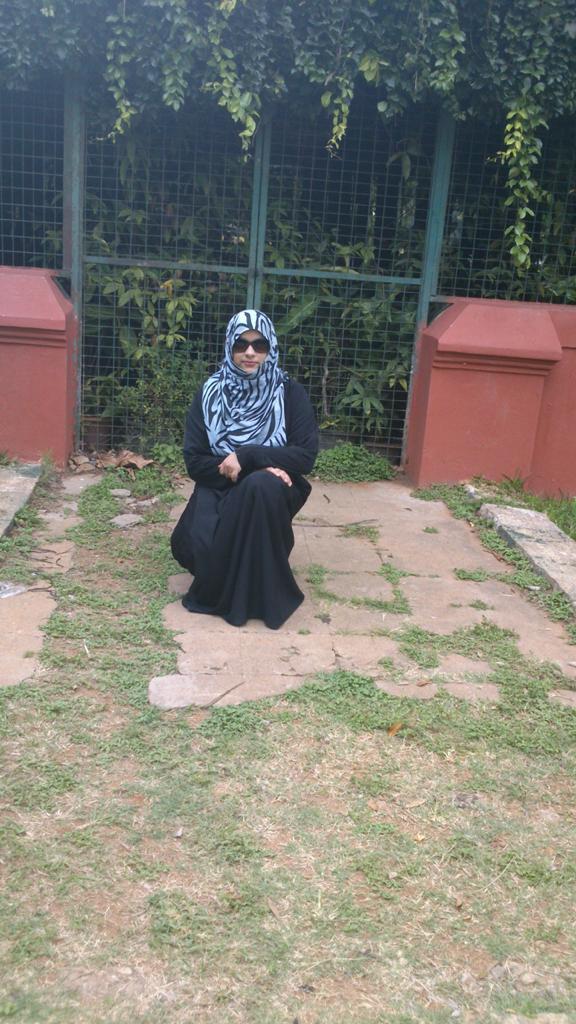

Deeba & Matt
About the Authors
Intrepid content creators and relentless hiking enthusiasts. With a passion for travel and adventure, Matt & Deeba are never one to shy away from a daring challenge.
